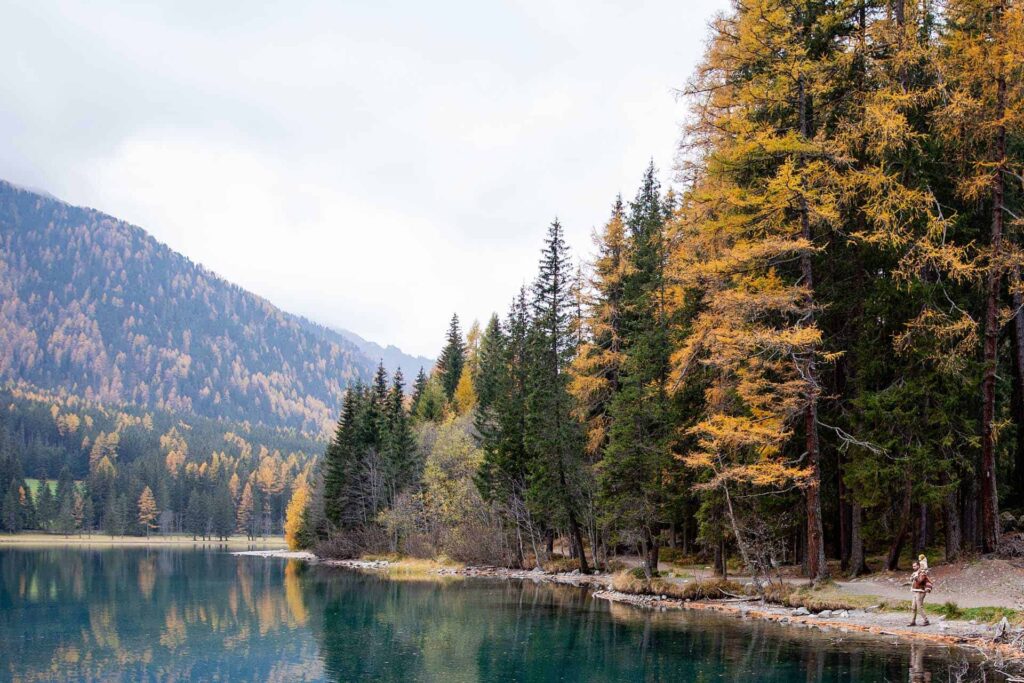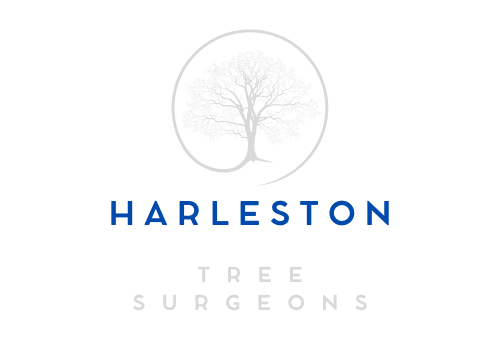Green Guardians: Trimming Trees for Improved Pollutant Filtration
Introduction: In today’s increasingly urbanised world, the importance of trees in mitigating environmental pollution cannot be overstated. Trees act as natural filters, trapping and removing harmful air, water, and soil pollutants, thereby improving overall environmental quality and public health. At Harleston Tree Surgeons, we recognise trees’ critical role in combating pollution, and we’re committed to leveraging tree-trimming techniques to enhance pollutant filtration in urban and suburban environments.
1. The Pollution Challenge
Urban areas are hotspots for various types of pollution, including air pollution from vehicle emissions and industrial activities, water pollution from stormwater runoff and sewage discharge, and soil contamination from chemical spills and waste disposal. These pollutants pose significant risks to human health, ecosystems, and biodiversity, contributing to respiratory illnesses, cardiovascular diseases, and environmental degradation. Trees offer a natural solution to this problem by absorbing and sequestering pollutants through their leaves, roots, and bark.
2. Tree Trimming for Improved Filtration
Tree trimming plays a crucial role in maximising the pollutant filtration efficiency of urban trees. By selectively pruning branches and foliage, arborists can optimise the structure and health of trees, enhancing their ability to capture and remove pollutants from the surrounding environment. Strategic tree trimming techniques, such as crown thinning, crown raising, and crown reduction, allow for better air circulation, sunlight penetration, and pollutant interception, resulting in healthier, more effective pollutant filtration systems.
3. Targeting Pollutant Sources
Tree trimming can be tailored to target specific pollutant sources and hotspots in urban areas, such as busy roadways, industrial zones, and residential neighbourhoods. By strategically planting and maintaining trees along streets, sidewalks, and green spaces, tree surgeons can create natural barriers that intercept airborne pollutants, reduce noise pollution, and provide shade and cooling effects. Additionally, trimming trees near stormwater drainage systems and water bodies can help mitigate water pollution by filtering sediment, nutrients, and contaminants before they reach aquatic ecosystems.
4. Maximising Tree Health and Vitality
Healthy, vigorous trees filter pollutants and provide ecosystem services more effectively than stressed or diseased trees. Tree trimming practices that promote tree health, such as removing dead or diseased branches, reducing canopy density, and addressing structural defects, can enhance the resilience and longevity of urban trees. Regular maintenance and monitoring by qualified tree surgeons ensure that trees remain in optimal condition to fulfil their role as natural pollution filters, contributing to cleaner air, water, and soil in urban environments.
5. Community Engagement and Education
Engaging and educating the community about the importance of tree trimming for improved pollutant filtration is essential for achieving long-term environmental benefits. Outreach efforts, such as workshops, seminars, and educational campaigns, can raise awareness about the positive impact of trees on air quality, water quality, and overall environmental health. Encouraging residents to support tree-trimming initiatives and participate in tree planting and care activities fosters a sense of stewardship and collective responsibility for urban greening efforts.
Conclusion: Tree trimming is vital in enhancing pollutant filtration and improving environmental quality in urban and suburban areas. By employing strategic tree trimming techniques, arborists can optimise the health and vitality of urban trees, maximising their capacity to capture and remove pollutants from the air, water, and soil.
Call us on: 01379 773 584
Click here to find out more about Harleston Tree Surgeons
Click here to complete our contact form and see how we can help with your tree’s needs.

